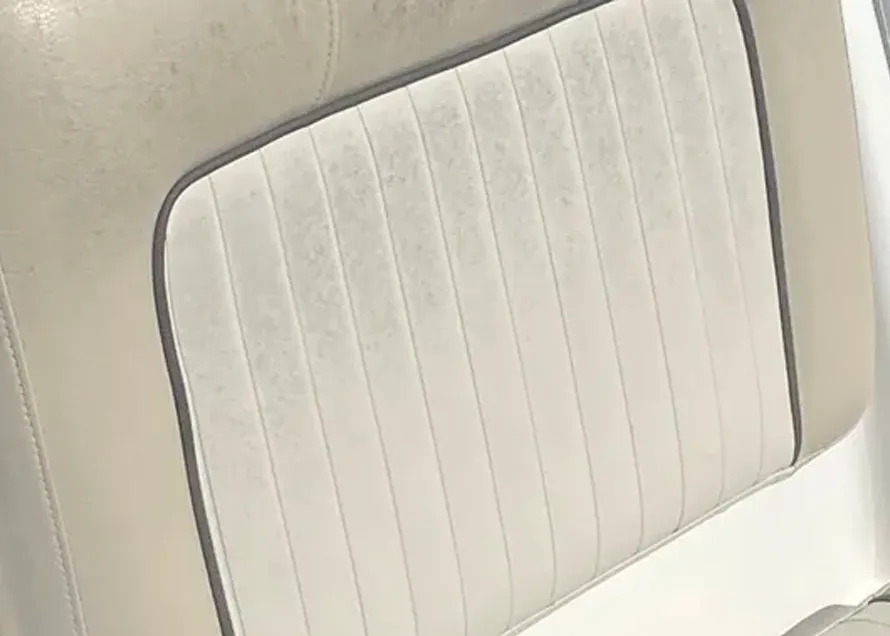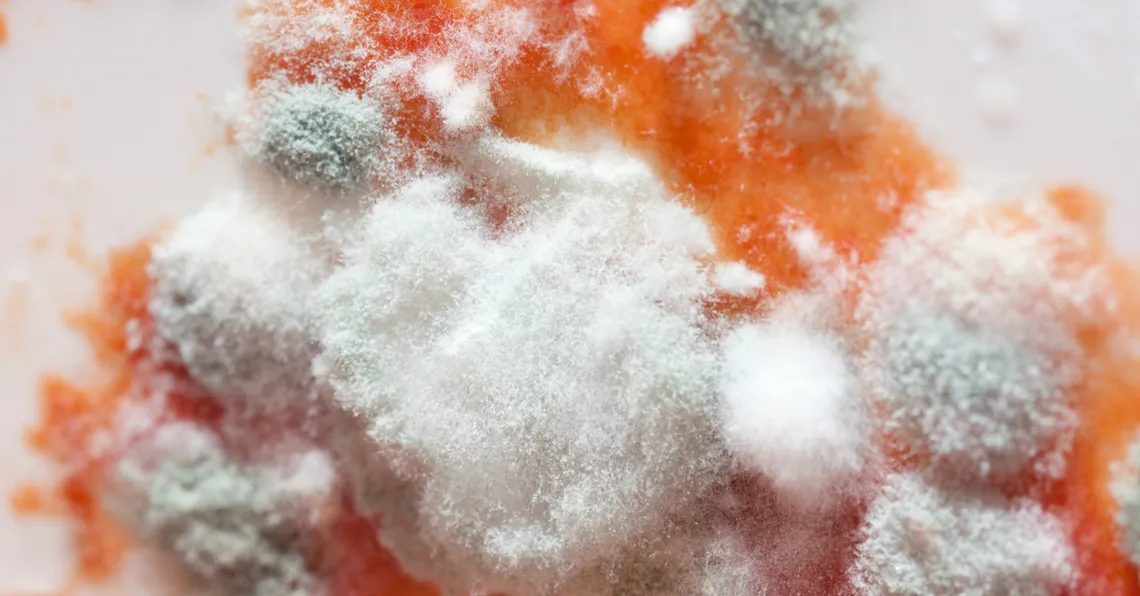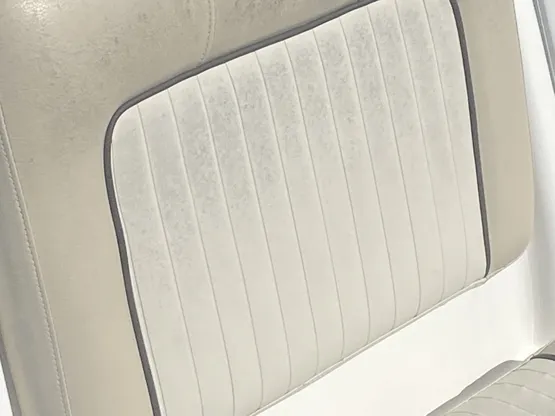Boating News

Mold on Boat Seats: What to Do to Stop it For Good!
What comes to mind when you think about boating?
For many of us, it's the sun shining off of the waves, the wind in our hair, and a carefree summer day. But for others, it's that … smell.
The smell is mold. And if you've ever been aboard a boat that sat in the water for a long time without being used, you know exactly what we're talking about here.
What does mold on boat seats look like?
If you don't know what mold looks like, it's a discoloration that starts when spores attach themselves to an area of your boat and grow into a patch of fuzzy-looking material.
It can be anywhere from black to green to orange, even PINK, depending on what kind it is. Some people are allergic to it, and even if you're not, it's still pretty slimy-looking.
You're probably thinking: "How does this happen?" or "Does this mean my boat is ruined?"
Don't worry! We've got answers for you!

Why does mold grow on boat seats?
Mold can grow on boats in any season, but it grows most quickly in warm temperatures and humidity. This is because mold needs warmth and moisture to grow.
During the summer, mold can grow on a boat every day, even if the boat is not docked in the water.
If you want to prevent mold on boat seats, you should remove anything that may be harboring moisture (Example: wet mops, clothes, etc.) and be sure to thoroughly dry anything you leave out. This includes taking covers off often so your boat surfaces have the ability to dry out.
Where does mold grow?
When you're on a sailboat or other type of boat, you may be surprised to find mold growing on the boat. The climate, humid and warm, makes boats susceptible to mold growth. But where is mold most likely to grow?
The growth of mold can occur in any part of the boat that has a lot of moisture. This includes the cabin, bathroom, and storage spaces. If there are cracks in the fiberglass or holes in the deck, water may seep into those areas and facilitate mold growth.
If you notice mold stains on your boat, it's best to remove it as soon as possible. Mold and mildew on boat seats can cause health problems if people inhale it over time.

How to Remove Mold Stains From Boat Seats?
Every boat owner/detailer will swear by the mold stain remover they use and they’re all right because most of them are the same. It’s suggested that you wear protective equipment when removing mold so make sure you’re taking proper precautions.
Once you have the proper PPE, you’ll need to follow a few steps:
1. Gather your equipment and products such as:
- High quiality Mold & Mildew Stain Remover (we recommend Xanigo Marine's Mold & Mildew Stain Remover)
- Stiff Bristled Bush
- Microfiber Cloth
2. Apply the chemical as stated on the bottle.
3. Scrub/Brush the stained area firmly as it will often times be difficult to get off.
4. Rise very well with clean water.
5. Repeat steps 2-4 until you see nothing but stains.
How to Prevent Mildew/Mold on Boat Seats?
Mold prevention for boats hasn’t been much of an option until recently. Boat owners were forced to just deal with mold and mildew as it came about — which is far too often.
Now, thanks to the Xanigo Mold Prevention System, boat mold prevention is easier than washing your boat. In less than 10 minutes, you can prevent boat mold and mildew for up to 90 days.
The system is simple — pour the solution into the sprayer. Pull the trigger. And spray! The sprayer will do the work for you so there’s no need to worry about using too much solution or ruining your boat surfaces since the solution is water based.
For those who only want to prevent boat seat mold in small areas, try the Xanigo Marine Ultimate Vinyl Boat Seat Care Kit. More info on these products can be found at www.xanigomarine.com.
Copyright 2025, XANIGO, LLC - ALL RIGHTS RESERVED.

